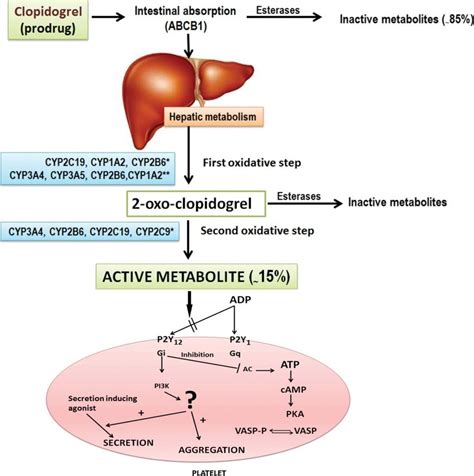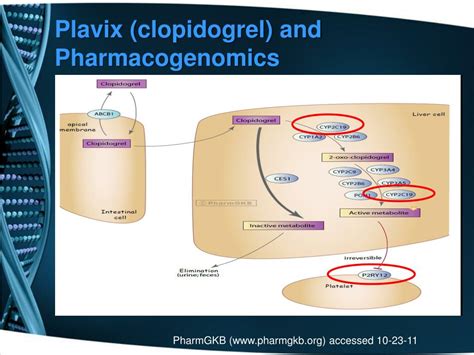Intro
Discover how Clopidogrel 75mg works to prevent blood clots, reducing heart attack and stroke risk through antiplatelet therapy, platelet aggregation inhibition, and cardiovascular protection.
The importance of understanding how medications work cannot be overstated, especially when it comes to managing critical health conditions such as heart disease and stroke. Clopidogrel, often prescribed under the brand name Plavix, is a medication that has been widely used to prevent blood clots in patients at risk of heart attack or stroke. At the heart of its effectiveness is its ability to interfere with the blood's clotting process, a mechanism that is both complex and crucial for patient outcomes. To delve into the specifics of how Clopidogrel 75mg works, it's essential to explore its pharmacological properties and the biological pathways it affects.
Clopidogrel is classified as an antiplatelet medication, which means it works by preventing platelets in the blood from clumping together to form clots. This is particularly important for individuals who have had a heart attack, stroke, or those with peripheral artery disease, as these conditions increase the risk of dangerous blood clots forming. The drug's mechanism of action is tailored to inhibit a specific receptor on the platelets' surface, which plays a key role in the clotting process. By understanding how Clopidogrel achieves this, patients and healthcare providers can better appreciate its benefits and potential risks.
The journey to understanding Clopidogrel's effects begins with its ingestion and absorption into the bloodstream. Once in the body, it undergoes metabolic transformation into its active form, which then targets the platelets. This process involves a series of biochemical reactions that ultimately lead to the inhibition of platelet aggregation, the process by which platelets stick together and form clots. The detail of this mechanism is not only fascinating but also underscores the precision with which modern medicines can target specific biological processes to achieve therapeutic effects.
Clopidogrel's Mechanism of Action

Pharmacokinetics and Pharmacodynamics
The pharmacokinetics of Clopidogrel, which describe how the drug is absorbed, distributed, metabolized, and excreted by the body, are critical in understanding its efficacy and safety profile. After oral administration, Clopidogrel is absorbed from the gastrointestinal tract and then undergoes extensive hepatic metabolism to form its active metabolite. This metabolite is responsible for the drug's antiplatelet effects. The pharmacodynamics of Clopidogrel, which relate to the biochemical and physiological effects of the drug and their mechanisms of action, highlight the drug's ability to achieve a significant reduction in platelet aggregation, thereby preventing the formation of harmful blood clots.Benefits of Clopidogrel 75mg

Indications and Usage
Clopidogrel is indicated for patients who have had a myocardial infarction, stroke, or established peripheral artery disease. It is often prescribed in combination with aspirin for patients with acute coronary syndrome or those undergoing percutaneous coronary intervention (PCI), such as angioplasty. The drug's effectiveness in these scenarios underscores its importance in modern cardiovascular medicine, offering a proven strategy for reducing the risk of recurrent events.Side Effects and Interactions

Precautions and Warnings
Given its mechanism of action, patients taking Clopidogrel should be cautious about activities that may increase the risk of bleeding, such as contact sports or using sharp objects. It's also crucial for patients to inform their healthcare providers about all medications they are taking to minimize the risk of adverse interactions. Pregnant women or those planning to become pregnant should discuss the potential risks and benefits of Clopidogrel with their healthcare provider, as there may be safer alternatives available.Dosage and Administration

Monitoring and Follow-Up
Regular monitoring and follow-up appointments with a healthcare provider are crucial for patients taking Clopidogrel. This allows for the assessment of the drug's efficacy, management of potential side effects, and adjustment of the treatment plan as necessary. Patients should also be educated on the signs of bleeding or other adverse effects and instructed to seek immediate medical attention if they experience any severe symptoms.Conclusion and Future Directions

Final Thoughts
The comprehensive understanding of how Clopidogrel works, from its mechanism of action to its benefits and potential risks, is essential for maximizing its therapeutic potential. By staying informed and engaged in their care, patients can work closely with their healthcare providers to manage their condition effectively, reducing the risk of complications and improving their quality of life.What is the primary mechanism of action of Clopidogrel?
+Clopidogrel works by irreversibly inhibiting the P2Y12 receptor on platelets, preventing platelet aggregation and clot formation.
What are the common indications for Clopidogrel?
+Clopidogrel is indicated for patients who have had a myocardial infarction, stroke, or established peripheral artery disease, and for those undergoing percutaneous coronary intervention.
How should patients take Clopidogrel to maximize its efficacy?
+Patient should take Clopidogrel exactly as prescribed by their healthcare provider, without stopping the medication unless advised to do so, and be aware of the signs of bleeding or other adverse effects.
We invite readers to share their thoughts and experiences with Clopidogrel, and to reach out to their healthcare providers with any questions or concerns about this medication. By fostering a community of informed patients and providers, we can work together to optimize the use of Clopidogrel and improve outcomes for those at risk of cardiovascular events. Whether you're a patient, a healthcare professional, or simply someone interested in learning more about cardiovascular health, your engagement and feedback are invaluable in our ongoing pursuit of better health and wellness.
